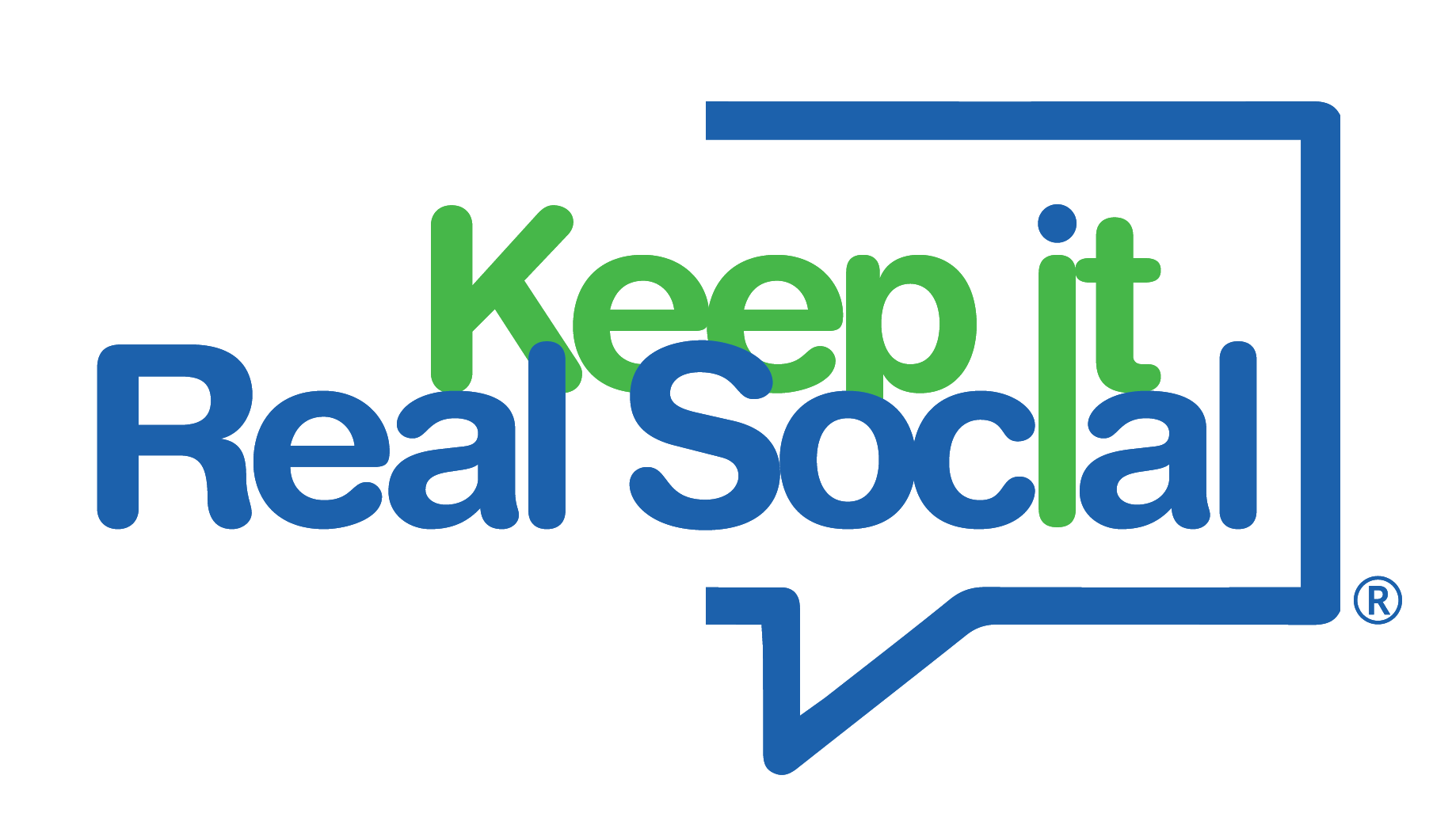Market research gives you a picture of your target market so that you can create and grow a business that meets their needs. You have to know the people in your market perfectly so that you can connect them to the products and services that are best suited for them. In order to do this, you need to gather and analyze hard data about your audience.
Quantitative vs. Qualitative Data
There are two types of data – quantitative and qualitative. Both are essential for creating an accurate picture of your target market.
Quantitative research looks at the big picture. It takes a large sample of over a hundred people or more and uses that sample to look at trends. If you pick one hundred random people in your market, you can probably assume that they represent the general population of your market.
A traditional method in quantitative research is the survey. Through your survey, you may discover, for example, that 70% of the sample finds your new product attractive. You’d then assume that 70% of all consumers would think so as well.
Qualitative research is tricky, but it yields important data that you don’t get through quantitative methods. It deals not in numbers but in words, images, impressions, and feelings. It’s a more in-depth, objective approach where you interact with your sample audience.
A common qualitative method is the focus group. This is where you gather a small group of five to ten people from your customer base and encourage a discussion about your products using a set of questions. Qualitative methods also include interviews and projective techniques like role-playing.
Your Target Market Profile
The goal of market research is to create a profile of an imaginary person who is your perfect customer. The profile has to be as complete as possible. It should include not only demographic and geographic information but also how they feel about things. This is called psychographic data and it’s equally important. Psychographic information includes things like how people in your market see themselves, how they use your products, what they’re most afraid of, what they hope for in the future, and so on. Some businesses even give this imaginary person a name, like Fred or Simone.
One added benefit of creating a personal profile is that you can write your sales copy directly as if you were speaking to someone in your market face-to-face.
What You Don’t Know
Market research is a process of discovery. You need to be objective and let the data you discover inform you. The deadliest mistake is to make assumptions. Go into your research process openly, assuming that you know nothing about your audience. Rely on the data you discover and not guesswork.
5 Methods for Online Market Research
For marketers, the Internet is a blessing. Never has there been so much information about consumers and how they think right at your fingertips. In years past, marketing firms and businesses had to rely solely on costlier, more time-consuming methods like focus groups, surveys, and other data-gathering methods. Online research offers some excellent shortcuts.
Whenever you start an online marketing campaign, the most basic step is to gather relevant keywords. Keywords are essential but they don’t get you much hard data about your target audience other than what they’re searching for online.
Here are the top 5 other methods used to do market research online.
Online Surveys
The survey has always been a viable method of conducting quantitative market research and discovering general trends. Now that we can do surveys online, it’s much cheaper and more convenient than standing in the shopping mall harassing passers-by. You can use software programs that automate everything for you, tallying the results so you don’t have to. Online surveys are particularly effective because respondents can be completely anonymous.
Blog Questions
On your blog, you can gain valuable information from your readers by simply asking questions. Write a blog post and at the end say something like, ‘What do you think about this?’ People love to share their opinions and they’ll eagerly do so. The great thing about blog questions is that they’re versatile; you can introduce a new line and ask them directly what they think, or share a story that’s unrelated to your business and ask for their opinion to find out how they feel about life in general.
Your Email List
If you have an email list, this is a wonderful audience for your questions. Mixed in with your valuable content and targeted offers, you can ask them questions and use this data for future offers. The great advantage with your list is that they’re pre-screened. You already have a built-in audience that’s interested in your products or services.
Forums and Q&A Sites
Online forums and question-and-answer sites are a natural source for gathering information. You often don’t even need to ask; someone else may have started a discussion on the topic. If you want to know, for example, how people feel about Facebook’s new timeline format, chances are good that people are already talking about it.
Social Networks
Social networks are priceless because there is far more happening than just personal discussions. On sites like Facebook, people tell you exactly what they like. You can look at the kind of content they share to get an idea of what they’re into. Sites like Twitter and Facebook also offer apps that help you do market research.
Don’t Forget Offline Market Research
The Internet makes market research easy, but it’s still a good idea to research offline as well. The main advantage of offline research is that it’s more in-depth. Focus groups, for example, give you personal interaction that you don’t always get online. Participants are more engaged in the sessions and they’re likely to tell you more. The best strategy is to do market research both online and off, depending on your budget and resources.



